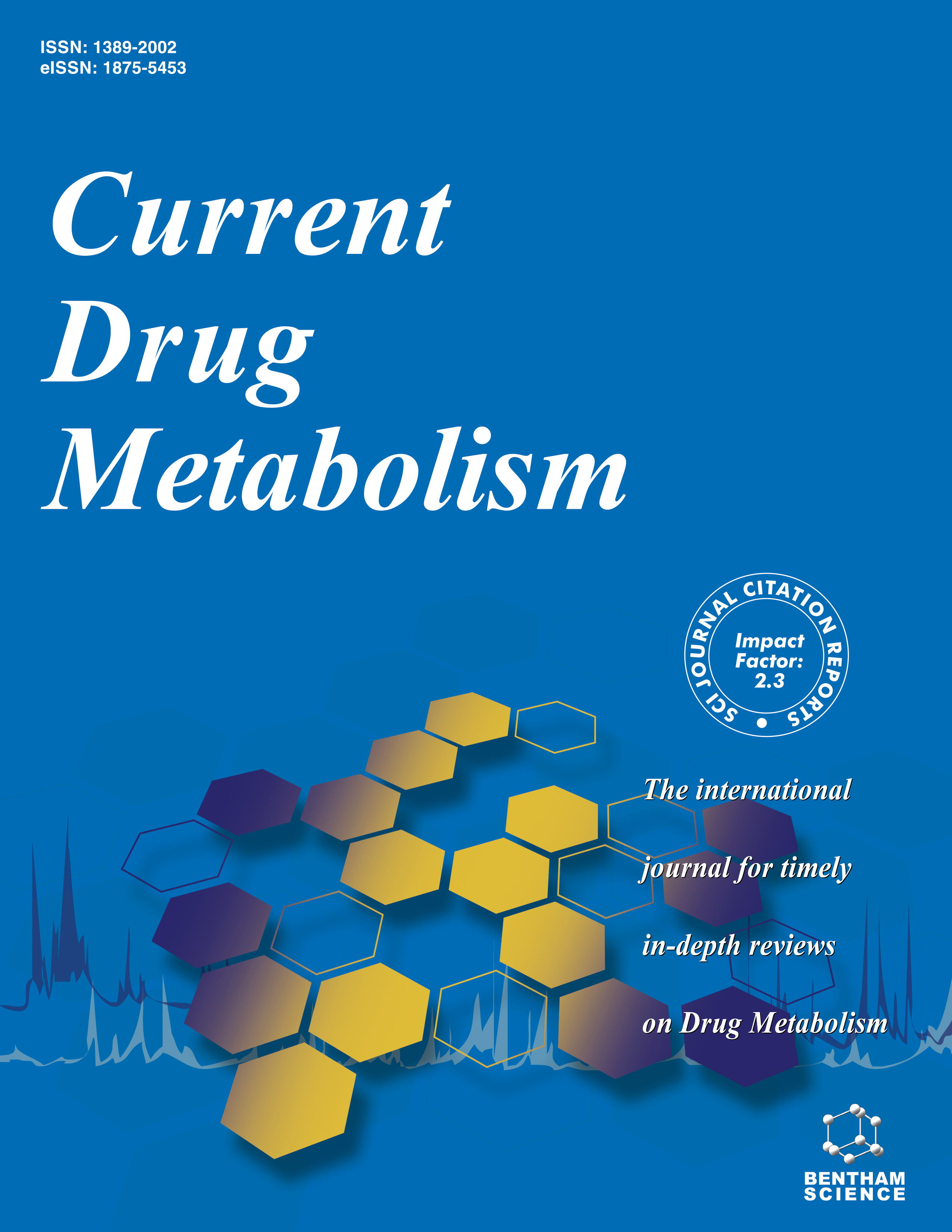
Full text loading...
We use cookies to track usage and preferences.I Understand
One of the biggest obstacles to the treatment of diseases, particularly serious conditions like cancer, is therapeutic resistance. The process of drug resistance is influenced by a number of important variables, including MDR genes, drug efflux, low-quality medications, inadequate dosage, etc. Drug resistance must be addressed, and new combinations based on the pharmacokinetics/pharmacodynamics (PK-PD) characteristics of the partner pharmaceuticals must be developed in order to extend the half-lives of already available medications. The primary mechanism of drug elimination is hepatic biotransformation of medicines by cytochrome P450 (CYP) enzymes; of these CYPs, CYP3A4 makes up 30–40% of all known cytochromes that metabolize medications. Induction or inhibition of CYP3A4-mediated metabolism affects the pharmacokinetics of most anticancer drugs, but these details are not fully understood and highlighted because of the complexity of tumor microenvironments and various influencing patient related factors. The involvement of CYPs, particularly CYP3A4 and other drug-metabolizing enzymes, in cancer medication resistance will be covered in the current review.

Article metrics loading...

Full text loading...
References


Data & Media loading...

